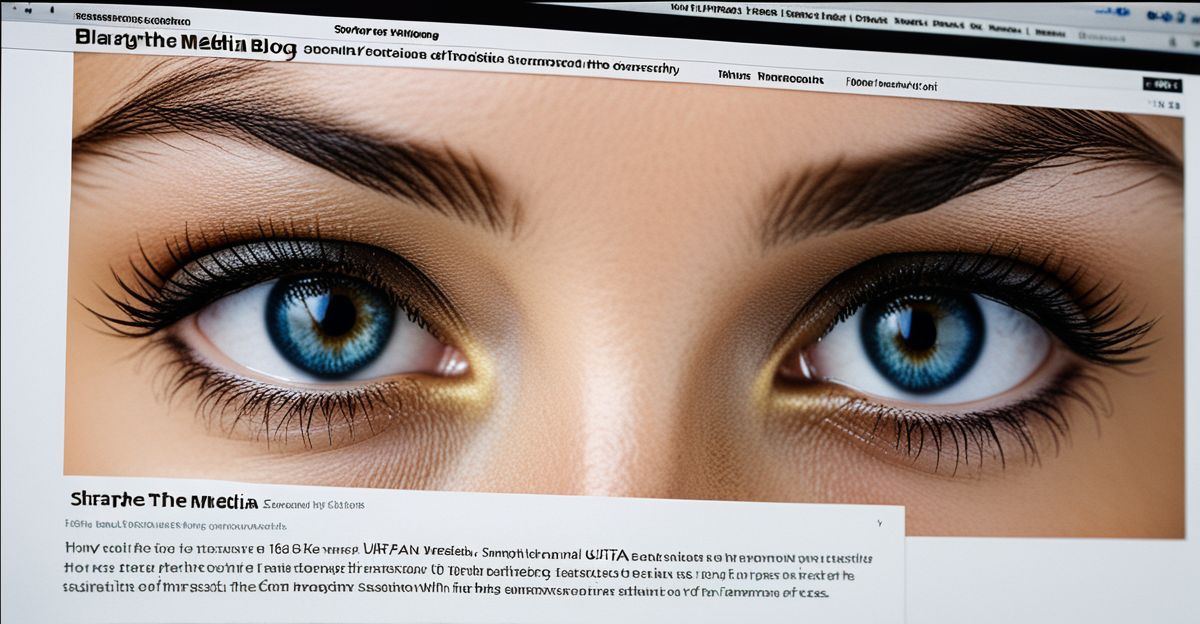Overview of UK Media Ownership Regulation
UK media ownership regulation aims to safeguard pluralism and prevent any single entity from exerting undue influence across various media channels. At its core, these regulations seek to balance freedom of expression with protecting the public interest, ensuring no monopoly undermines democratic discourse. The framework of UK media laws works by setting ownership thresholds that restrict the degree to which companies can control newspapers, television, and radio outlets simultaneously.
Historically, UK media ownership rules have evolved alongside the media landscape’s technological and economic shifts. Early legislation focused largely on broadcast media, but recent regulations increasingly address cross-media ownership and digital platforms. Over time, lawmakers have refined these laws to counteract media concentration that could limit diverse viewpoints in the public sphere.
Also read : Why Do British Celebrities Shape Public Opinion More Than Politicians?
Regulatory frameworks serve a vital role by enforcing these controls, conducting media plurality reviews, and intervening before mergers or acquisitions compromise diversity. By applying clear, enforceable standards, the UK media ownership regulation maintains a dynamic, pluralistic environment while promoting fair competition and democratic values.
Overview of UK Media Ownership Regulation
UK media ownership regulation focuses primarily on preventing excessive control by a single entity to preserve media plurality and democratic discourse. The core objective is to limit the concentration of media power, safeguarding diverse viewpoints and reducing the potential for media influence control that could skew public opinion or political debate.
Also to discover : How Does the UK’s Religious Landscape Influence Its Political Climate?
Regulatory frameworks evolved notably over decades to address emerging challenges from both traditional broadcast channels and new digital platforms. UK media laws have progressively tightened ownership thresholds, ensuring no single company amasses disproportionate control over newspapers, television, and radio outlets. These laws require thorough scrutiny of mergers and acquisitions, particularly through public interest investigations, which assess whether proposed consolidations could undermine plurality.
Historically, pieces of legislation like the Broadcasting Act (1990) laid foundations for modern media ownership regulation, while more comprehensive laws implemented since then have refined control mechanisms. These restrictions reflect a balance between enabling business growth and protecting the public from media dominance, ultimately preserving an environment where multiple voices can be heard across the UK media landscape. This regulatory approach is essential in managing the dynamic interplay of media influence and ownership.
Overview of UK Media Ownership Regulation
UK media ownership regulation primarily aims to limit media concentration and uphold media plurality to avoid excessive media influence control. These regulations ensure that no single entity gains disproportionate power over newspapers, broadcasting, or digital platforms, thus preserving a balanced public discourse. The key objective is to maintain a diverse media environment where multiple voices can thrive without one dominant organisation shaping public opinion unduly.
Regulatory frameworks enforce these objectives through ownership thresholds and detailed scrutiny of mergers or acquisitions. Such controls help prevent monopolistic tendencies and protect democratic debate. They provide mechanisms to review proposed changes, assessing potential risks to plurality before approval. This proactive intervention is central to UK media laws’ effectiveness in responding to evolving challenges.
Historically, UK media ownership laws have adapted to shifts in technology and market structures. Earlier legislation concentrated on broadcast media, but modern UK media laws encompass cross-media ownership and digital platforms. This evolution reinforces safeguards against concentration amid industry convergence, reflecting the commitment to sustainable, inclusive media regulation that balances business interests with public welfare.
Relevant Authorities and Regulatory Bodies
In the UK, Ofcom serves as the principal media regulator, tasked with overseeing compliance with UK media ownership regulation and ensuring media influence control. Ofcom has statutory powers to assess media mergers, enforce ownership thresholds, and conduct plurality reviews, thereby safeguarding diverse public viewpoints. Its responsibilities include authorising acquisitions and intervening when concentration risks arise.
Beyond Ofcom, other UK media authorities such as the Competition and Markets Authority (CMA) play vital roles. The CMA focuses on competition aspects, examining media mergers for anti-competitive effects that could threaten plurality or consumer interests. These bodies collaborate closely with government agencies to ensure cohesive regulatory oversight.
This multi-agency framework ensures that regulatory oversight functions with both legal authority and technical expertise. The combined input from Ofcom, the CMA, and government departments creates a robust system to monitor and curb excessive media concentration. Such collaboration is essential in a fast-evolving media environment, enabling prompt responses to ownership changes that may compromise democratic discourse or public access to diverse information sources.
Overview of UK Media Ownership Regulation
The key objectives of UK media ownership regulation center on preventing excessive media concentration that could distort public discourse. UK media ownership regulation is designed to ensure that media influence control does not rest in the hands of a few, thereby safeguarding plurality and diversity of viewpoints. This prevents any single organisation from dominating newspapers, television, or digital platforms, which could undermine democratic debate.
Regulatory frameworks play a critical role by setting ownership thresholds—legally binding limits on the extent of control one entity can hold across different media sectors. These frameworks trigger thorough reviews of mergers and acquisitions to detect risks of undue concentration. If a deal threatens to reduce diversity critically, regulators may intervene by imposing conditions or blocking the transaction altogether. This active oversight ensures ongoing media plurality and fair competition.
Historically, UK media laws began with broadcast-focused rules but evolved significantly to address cross-media ownership and digital challenges. Legislative acts progressively tightened restrictions, reflecting shifts in technology and market dynamics. This evolution highlights the commitment of UK media regulation to balance business interests with protecting the public from concentrated media influence, preserving an open and democratic media environment.
Key Legislation and Policies
The Communications Act 2003 is a cornerstone of UK media ownership regulation. It establishes the legal framework for broadcasting and media plurality rules, setting clear limits on ownership to prevent excessive concentration. These media plurality rules mandate that no single entity can dominate multiple media channels, preserving diverse perspectives vital for democratic discourse.
Cross-media ownership regulations specifically address situations where a company might control several types of media outlets, such as television, radio, and newspapers, simultaneously. The laws impose strict ownership thresholds designed to reduce the risk of undue media influence control by any one organisation. Regulatory bodies use these thresholds to assess and approve mergers or acquisitions, ensuring compliance with plurality requirements.
Enforcement of these policies involves careful scrutiny of proposed mergers through public interest investigations. These procedures evaluate whether transactions would reduce media plurality or harm public access to varied news sources. Over time, UK media laws have adapted to reflect technological changes and market convergence, strengthening safeguards against domination by dominant media players while supporting a competitive, plural media environment.
Key Legislation and Policies
The Communications Act 2003 stands as a cornerstone in UK media ownership regulation. It establishes comprehensive rules that govern ownership limits and the promotion of media plurality. This legislation empowers regulators to assess ownership structures and intervene when cross-media ownership risks creating disproportionate influence in newspapers, television, or digital platforms.
Media plurality rules play a critical role in ensuring that no single company controls an excessive share of the market. These rules mandate periodic reviews and require transparent disclosures during mergers or acquisitions. Enforcement mechanisms include the possibility of blocking deals or imposing conditions to preserve diverse viewpoints within the media landscape.
Cross-media ownership policies have adapted to the evolving media environment, considering the convergence between broadcast, print, and online outlets. Recent policy updates emphasize the importance of maintaining a broad spectrum of editorial voices accessible to the public, reflecting concerns about media influence control in a digital age. These policies work alongside broader UK media laws to create a balanced framework that supports competition while safeguarding democratic discourse.
Overview of UK Media Ownership Regulation
The primary objective of UK media ownership regulation is to limit excessive control within media markets, ensuring no single entity monopolises influence over public opinion. This focus on media influence control promotes a dynamic, pluralistic environment where diverse voices flourish. Regulatory frameworks implement legally binding ownership thresholds that restrict the extent of control organisations can hold across newspapers, television, and digital platforms.
These frameworks empower regulators to scrutinise mergers and acquisitions rigorously. They intervene when proposed consolidations threaten to diminish plurality or hinder democratic discourse. Maintaining a balance between supporting business growth and preventing undue media concentration remains central to the regulatory approach.
Historically, UK media laws began with broadcast-centric rules but evolved to address complexities introduced by cross-media ownership and digital convergence. This evolution reflects changes in technology and market dynamics, reinforcing anti-concentration measures that protect public interest. The regulatory system continuously adapts to emerging challenges, preserving media plurality through comprehensive oversight and proactive intervention in ownership structures.









